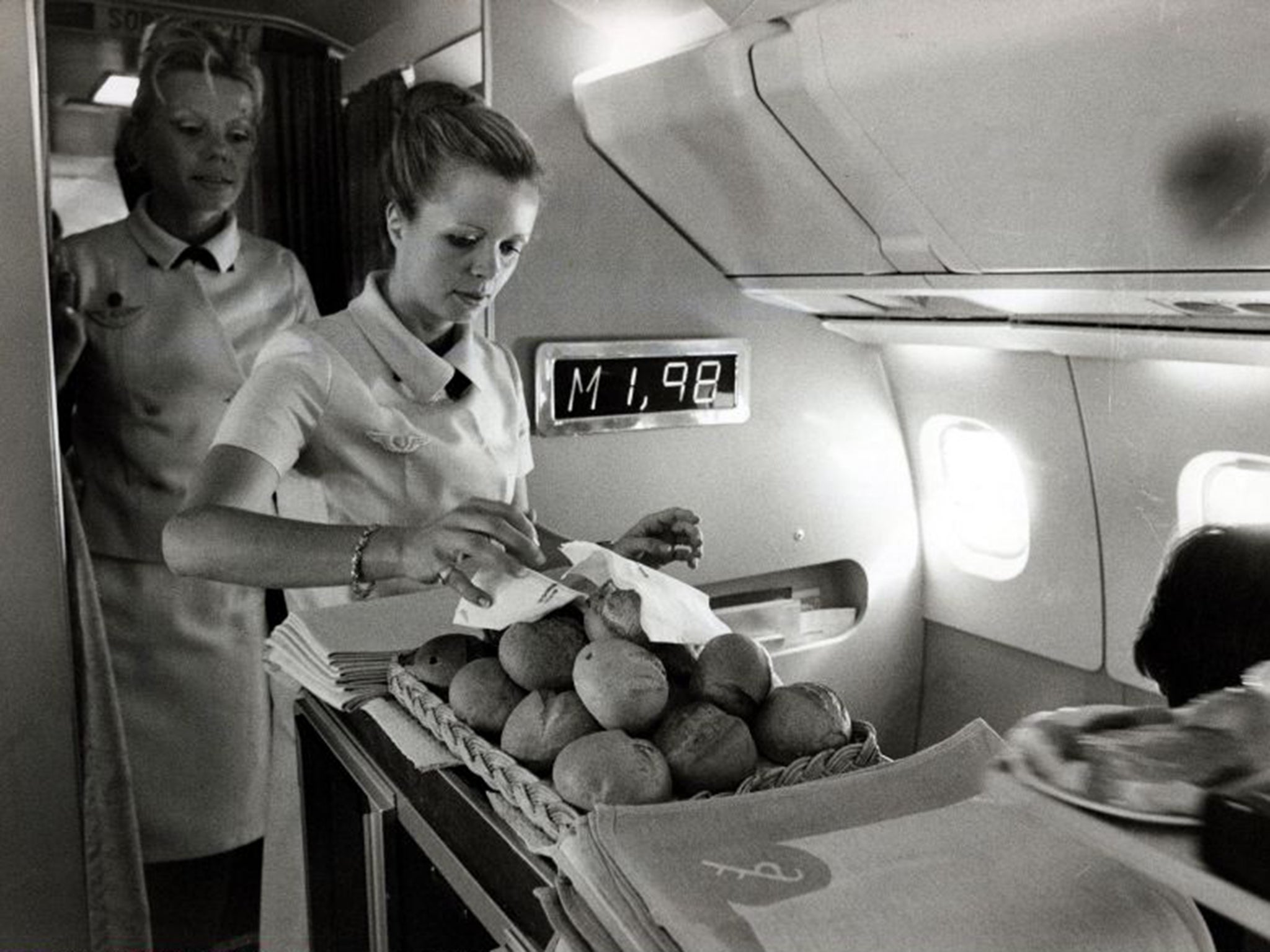Concorde: How the supersonic jet zoomed from boom to bust
Aviation is full of evolutionary culs-de-sac, but none has been so spectacular

For the residents of west London and of the New York borough of Queens, the greatest act of noise abatement in history was the grounding of Concorde in 2003. By the end of its deafening career, a route network that had ranged from Rio to Singapore had shrunk to just one link: the world’s premier intercontinental air route, between Heathrow and New York.
Yet some locals were sad to see the supersonic jet go.
“It was always special seeing Concorde going over,” recalls Charlie Stayt, the BBC Breakfast presenter who lives beneath the Heathrow flight path in Twickenham. “It was the only plane we didn’t mind. We took the children out of school to watch the final fly-past in Old Deer Park.”
On 24 October 2003, I was also one of the millions who watched in wonder as three Concordes raced to the end of a chapter of aviation history, converging over London for their final processional touchdown at Heathrow. The onlookers, staring in awe at an event that will never be repeated, fell silent.
Not that you could tell.
The din was dreadful, a reminder of one of several great ironies of Britain’s great leap forward: the aircraft that was the flagship of British Airways was powered by 1950s engines originally developed for Cold War bombers. Presumably the Soviet Union’s four-minute warning of imminent nuclear obliteration of Omsk or Tomsk was expected to be the approaching roar of the Olympus engines.
“Many people unable to afford a ticket forgave Concorde its Jovian voice,” says the writer and broadcaster Jonathan Glancey, “because the Anglo-French airliner was so very beautiful, evidently special, a swan among ugly ducklings.” Glancey, who has just finished writing a book on the supersonic airliner, was aboard the final flight from New York to London. Stayt wasn’t: “What’s always irritated me is that I didn’t get to fly on it.”
The most elitist form of public transport ever conceived was largely the product of a Labour government. Harold Wilson’s 1964-70 administration, seduced by the “white heat of technology”, created a rich person’s toy for bankers, celebrities and royalty. At more than £4,000 one-way in its last days, Concorde was beyond the reach of most.
But there was a way on: sign up as an air courier. I paid £150 to the Securicor organisation to begin my sole supersonic experience in a shed near Heathrow. My unusual baggage that day comprised about 10 mailbags full of “time-sensitive documents” such as business contracts. The only way to get them from the City to Manhattan on the same day was as a passenger’s checked baggage. And that day, I was the bum on a seat.
The champagne flowed, and an elaborate meal service diverted attention from the cramped surroundings. I was still smoking the traditional post-prandial cigar as I was invited to the flight deck – the best viewpoint from which to see the curvature of the earth and watch the distance between Europe and North America devoured at 22 miles per minute.
The day Rod Eddington, then BA chief executive, announced an end to supersonic flight, the flight from New York to Heathrow carried only 20 fare-paying passengers. Gifted a supersonic fleet that British and French taxpayers had bankrolled, BA couldn’t make Concorde add up.
Aviation is full of evolutionary culs-de-sac, but none has been so spectacular and heroic a failure as Concorde. The summer of 2015 has revealed the real future of transatlantic travel – and it involves the Boeing 737, a plane even older than the supersonic jet.
The no-frills revolution has spread to the North Atlantic, with WestJet launching services between Glasgow and Halifax, Nova Scotia, using standard-issue low-cost planes. I tried the service last week: subtract the champagne, cigars and astonishing pace, and it was much the same experience. But one that the planet, and passenger, can afford.
Subscribe to Independent Premium to bookmark this article
Want to bookmark your favourite articles and stories to read or reference later? Start your Independent Premium subscription today.

Join our commenting forum
Join thought-provoking conversations, follow other Independent readers and see their replies